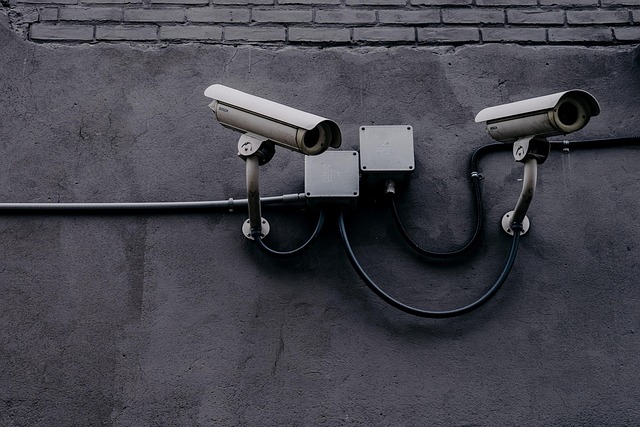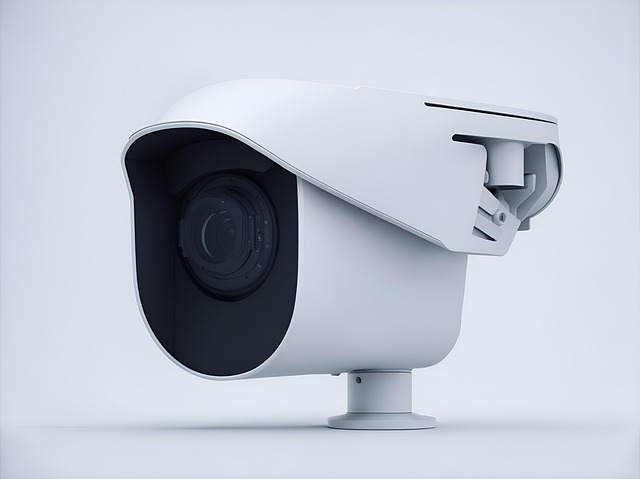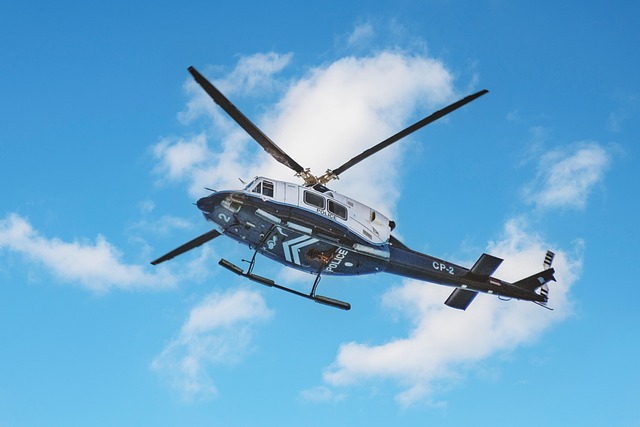Long-range surveillance cameras are transforming rural monitoring by offering detailed, non-invasive imaging of vast landscapes in remote locations. Ideal for agriculture, wildlife tracking, and security, these advanced systems provide high-resolution images, detect fine details, and reduce human observation needs. When setting up such systems, prioritize image quality, weatherproofing, efficient storage, and cloud connectivity. Strategically place cameras at elevated positions to capture expansive vistas, integrating them into a robust monitoring system with real-time data analysis and secure communication channels for continuous, comprehensive coverage of critical areas.
In today’s digital era, detailed rural monitoring is crucial for sustainable land management. With increasing urbanization and changing climate, understanding rural dynamics is more vital than ever. High-resolution, long-range surveillance cameras offer unprecedented insights into remote areas, enabling precise tracking of environmental changes, wildlife behavior, and agricultural activities. This article explores the benefits of these advanced cameras, key features to consider, and best practices for effective rural monitoring.
- Understanding Rural Monitoring Needs
- Benefits of High-Resolution Long-Range Surveillance Cameras
- Key Features to Consider When Choosing a Camera
- Implementation and Best Practices for Effective Rural Monitoring
Understanding Rural Monitoring Needs

Rural monitoring presents unique challenges compared to urban settings, requiring specialized equipment like long-range surveillance cameras. These remote areas often lack infrastructure and have limited accessibility, making it crucial to implement robust and durable camera systems that can withstand harsh environmental conditions. Furthermore, effective rural monitoring necessitates capturing detailed images or videos of specific targets, such as wildlife, agricultural activities, or suspicious vehicles, from a distance without disturbing the natural environment or local communities.
High-resolution long-range surveillance cameras are essential tools for meeting these needs. Their advanced optical capabilities enable clear and sharp imaging even at great distances, ensuring crucial details remain visible. Additionally, these cameras can be strategically placed to monitor vast landscapes, providing continuous and comprehensive coverage of rural areas without the need for extensive physical presence or constant human observation.
Benefits of High-Resolution Long-Range Surveillance Cameras

High-resolution long-range surveillance cameras are transforming rural monitoring, offering unprecedented detail and capabilities. These advanced systems can capture crystal-clear images and videos from significant distances, allowing for precise identification and observation of objects or activities in remote areas. This technology is particularly beneficial for agricultural purposes, wildlife tracking, and security in sparsely populated regions.
With their enhanced resolution, these cameras can detect fine details that might be missed by standard surveillance equipment. They enable farmers to monitor crop health, track livestock movements, and prevent poaching or unauthorized access. In conservation efforts, long-range surveillance cameras provide valuable insights into animal behavior and habitat use without disturbing natural ecosystems. This non-invasive approach ensures data accuracy while offering a cost-effective solution for large-scale monitoring.
Key Features to Consider When Choosing a Camera

When selecting high-resolution cameras for detailed rural monitoring, several key features should be at the forefront of your considerations. First and foremost, image quality is paramount; opt for models that offer sharp, crisp images even in low-light conditions. This ensures clear details of any activities or movements occurring in the vast rural landscapes. Additionally, long-range surveillance cameras are a must to cover extensive areas effectively. Look for lenses with high optical zoom capabilities, enabling you to capture distant subjects without compromising image clarity.
Another critical aspect is the camera’s field of view (FOV). A wider FOV allows for broader coverage of the desired area, reducing the need for multiple camera placements. Moreover, weatherproofing is essential, given the often harsh rural environments. Waterproof and durable cameras can withstand extreme temperatures and precipitation, ensuring consistent monitoring year-round. Lastly, consider storage options and connectivity; cloud-based storage and wireless connectivity facilitate remote access and real-time monitoring, enhancing the overall efficiency of your rural monitoring system.
Implementation and Best Practices for Effective Rural Monitoring

Implementing high-resolution, long-range surveillance cameras for detailed rural monitoring requires careful planning and best practices to ensure maximum effectiveness. Firstly, identify key areas that demand constant observation, such as critical infrastructure, agricultural landscapes, or vulnerable natural habitats. Strategically place cameras at elevated positions to capture expansive vistas, leveraging their long-range capabilities for optimal coverage. Ensure unobstructed lines of sight and regular maintenance to keep the equipment in top condition.
For optimal results, integrate these cameras into a robust monitoring system that includes real-time data analysis and remote access. Establish secure communication channels to transmit footage and alerts without compromise. Regularly review and update camera positions based on evolving needs and feedback from local stakeholders to maintain the system’s relevance and efficiency.
High-resolution, long-range surveillance cameras offer a powerful tool for detailed rural monitoring, providing enhanced visibility and security. By understanding specific needs and implementing best practices, communities can effectively leverage these advanced technologies to safeguard agricultural lands, protect natural resources, and promote sustainable development. Investing in robust camera systems is a strategic move towards a safer and more resilient rural environment.
